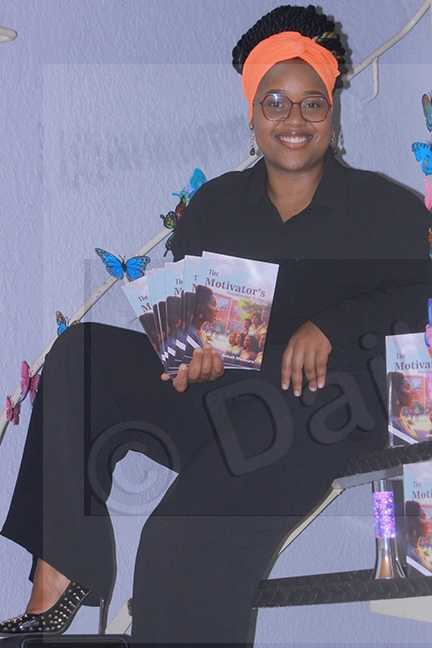Culture central to Bahambukushu daily life
12 Jul 2017
Bahambukushu tribe residing in the Okavango-Sub-district is still happily following its culture to the core, if things such as food, dance, shelter, dress and language are anything to go by.
The Bahambukushu emanate from Angola, Tanzania and Namibia and ever since they came to Botswana, Okavango to be precise, a long way back, have never parted with their tradition despite the cultural diversity in the region.
The Okavango environment, flora and fauna has everything to provide for the taste of their food.
For the Bahambukushu every season comes with its own ‘menu.’
Every season is letlhabula as they have some kind of food to welcome from merogo ya Setswana with the likes of dinxhororo, kapirivi, kanyambara, diphoko, jaja, rutandetdhi, kakokoro which grows by the river bank, and many wild fruits such as makokothi, shika, matu, thimba, motsentsela, mogorogorwane as well as food such as fish, tswii, shii, mongongo, thikuvira and mahangu. The list is endless.
During the rainy season, they enjoy merogo, while in spring they eat wild fruits such as thimba and makokothi.
Winter is time, they enjoy fish, and from the look of things this ethnic group appear healthy. The type of food they eat provide a large amount of proteins as some food like mongongo produces oil. The fruits are very rich in nutrients and vitamin needed by the body so is merogo with iron, vitamins for strong bones and teeth.
The kind of their daily chores provide fitness. They plough big fields and fishing itself is also a kind of exercise. They are naturally hard-workers.
It is not only about food that is galore, their huts are as well smart, well thatched because the reeds and grass they use are all over in the delta.
The good thing about the Bahambukushu culture is that the young generation are still fond of it. The mothers pass on family recipes to their daughters and in many families, the kitchen is the women’s arena where women from different generations together prepare family dinners. Worth mentioning though, is the fact that the younger generation accompany the elderly to collect food in the bush thus inheriting and focusing on these as they grow up.
One of the senior Hambukushu citizen of Gauxa ward in Shakawe, Dishaka Thindere, said a human being’s first relationship was about food, the first social experience a person have is being put to the breast.
This shows that the social act of eating is part of how to become human, as much as speaking and taking care of oneself so learning to eat is learning to become human.
Thindere said the Okavango region was an ideal place for Bahambukushu because of its richness in natural resources, which simplifies life for them. She is however concerned that the splendour of the area is being disturbed by the human/wildlife conflict.
Furthermore, the clinch to the Bahambukushu culture is demonstrated by the number of cultural groups in the Okavango, dancing to tunes of the thiwingi, ndjangura, diware and ndhira.
These dances, however have relieved many from the jaws of poverty through President’s competitions and numerous events.
Thindere agrees that culture evolves but does not agree with those who say their tradition is archaic and no longer relevant.
She said their unity could be derived from their strong attachment to their cultural values and tradition. Perhaps for them, exploring cultural heritage offers a robust variety of benefits.
However, she urged individuals to feel free to explore the uniqueness of their culture and identity while developing understandings of the cultural diversity that exists in around them.
Thindere said all in all, cultural and traditional values were key to any unity of a society, community and people, adding that preserving culture was a big plus to continuity of generations, understanding and valuing cultural difference are key to countering tribalism. ENDS
Source : BOPA
Author : Kesentseng Baagedi
Location : SHAKAWE
Event : President\'s Day Street Exhibition
Date : 12 Jul 2017








